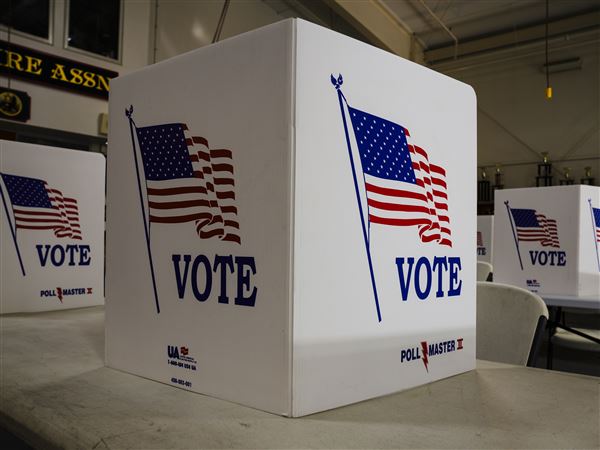One of KC Phillips's favorite video games is the Xbox shoot-'em-up Halo, because, he says, his dad taught him how to play it when he was younger.
Now 15 and a high school sophomore in Madison, Wis., KC views the game with a more discerning eye. Last year, he played Gamestar Mechanic, an educational video game that asks players to solve a set of puzzles in order to win enough power to design and create their own video games.
"Now every single time I play video games, I really think about how the designers built it and what mechanics went into it," he said.
KC is one of a growing number of children who are playing educational video games as part of their school curriculum, in after-school programs or via the Web from home. After years of watching technology transform the way children play, socialize and learn, a range of academics, foundations and now start-ups are working on games that will put the passion children have for the genre to good use.
Gamestar Mechanic, for example, is part of the curriculum of Quest to Learn, a New York City public school focused on game-based learning that opened in New York City this fall. A nonprofit group called the Institute of Play set up the school, and its executive director, Katie Salen, helped design the game with financing from the MacArthur Foundation.
The difference in many of today's educational games is that they are online and social, allowing children to interact and collaborate to achieve common goals. Unlike the stand-alone boxed games of the 1980s and 1990s, the newest educational games are set up like services where children can enter a virtual world, try on a character and solve problems that may relate to the real world.
Newer games work concepts of math, science or language into the actual game mechanics, rather than stopping for something that feels to the player like schoolwork, experts say.
In Gamestar Mechanic, for example, KC had to use physics concepts to figure out how to get two players to arrive at the same point at the same time. He then had to defend his game's workings to other Gamestar Mechanic players.
"You're essentially designing a digital system for others. That's a very powerful 21st century skill," said Alan Gershenfeld, a former executive at Activision and the founder of E-Line Media, which plans to start selling Gamestar Mechanic next year.
Mr. Gershenfeld said he was intent on reaching more children with such games that call for critical thinking, especially after seeing the willingness of children to solve complex problems in role-playing games like Activision's Spycraft.
The first of three games E-Line will release next year, Gamestar Mechanic will be free, he said, but the company will sell monthly subscriptions to extended versions of the game for $3 to $5.
"The more ubiquitous the games, the more impact they make, the more money we make -- that's a virtuous loop," he said.
Executives in this business are concerned with holding children's attention and avoiding the boring "chocolate-covered broccoli" model that prevailed in the 1980s and 1990s. Despite popular titles like Math Blaster, the educational games industry eventually collapsed because of price wars, misguided consolidation and an inability to keep pace with changes introduced by the Web.
Industry executives agree that the opportunity is much greater now. The technology is faster, cheaper and more sophisticated, with devices like the motion-sensitive Wii Fit from Nintendo and the graphics-rich environments and story lines of games like Civilization that engage children on a deeper level. The Internet also allows schools, parents and children easy access to a wide variety of games for group collaboration or competition, with relatively little cost.
For start-ups, the question is one of finding the right business strategy. Many face challenges selling games to time-pressed and resource-poor teachers who are mainly focused on preparing children to pass standardized tests.
James Paul Gee, an education professor at the University of Wisconsin who was an early adviser to the software company Tabula Digita, said that in the last two years the company's 3-D multiplayer games for math and science have evolved into exercises for improving children's test scores as the company sought wider adoption.
Last year, Tabula Digita broke even selling subscriptions to 700 schools, said Ntiedo Etuk, its co-founder and chief executive. The subscriptions cost $7 to $20 a student for each subject. Next year the company plans to introduce a multiplayer product that parents can subscribe to for home use.
Mr. Etuk said his company's games go beyond "skills and drills" because they reach students in a format that is relevant to them, especially because the games' alternate universe, where children wear jetpacks, looks and feels like a real video game.
Beyond teaching children to memorize facts and figures, some game designers are working to build in elements of problem solving.
Quest Atlantis, one of the most widely adopted critical-thinking games in schools, has a science section that deals with water quality. Inside a 3-D national park where the fish are dying, students must interview local interest groups, test water samples and figure out what is happening to the fish.
Quest Atlantis was created by Sasha Barab, a professor at Indiana University, with backing from NASA, Food Lion and the MacArthur Foundation. Mr. Barab said the game covers some of the core science curriculum for tests. But it takes several classes for children to finish, which competes with the time teachers have for textbook-based instruction.
"Partly what I have to argue to teachers is that there's value seeing that content bound up in a real-world story," he said.
Mr. Barab said he was talking to potential partners about commercializing Quest Atlantis by selling a version online within the next year that would allow parents to play with their children. He is also looking into blending textbook and game content more closely.
First Published: November 2, 2009, 7:00 a.m.













